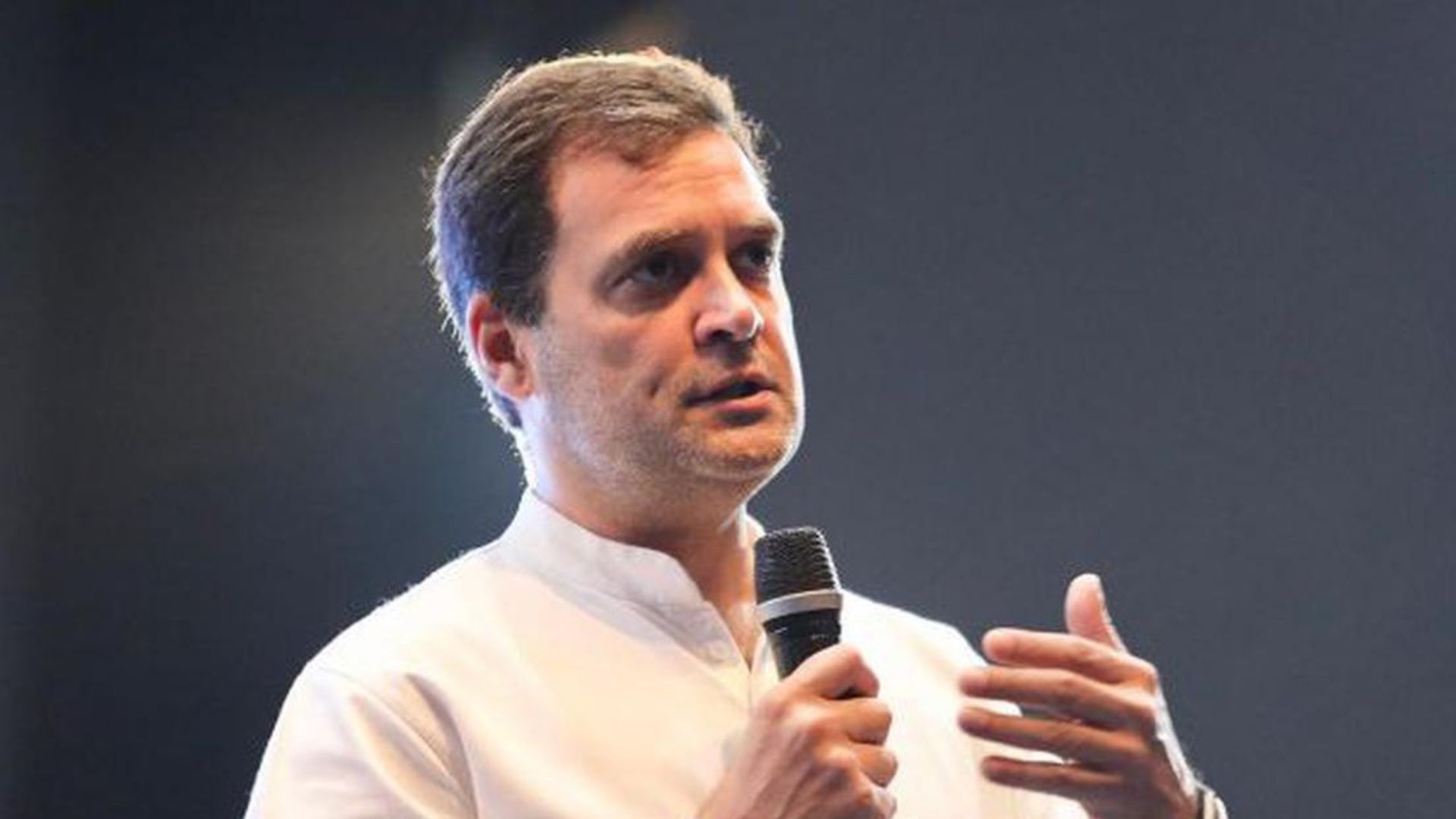On September 12, the Supreme Court referred the petitions challenging Section 124A, the provision for sedition in the Indian Penal Code, to a Constitution Bench. In doing so, the bench refused to wait for the Parliament to take a call on the Bharatiya Nyaya Sanhita Bill, a draft law proposed to replace the Indian Penal Code, 1860.
While the Constitution bench is yet to begin hearing the matter, logic dictates what the court’s stand ought to be: Strike down the offending clause.
The Narendra Modi government had told the Supreme Court that the 1962 Constitution Bench judgment in Kedar Nath Singh case, which upheld the Constitutional validity of the Sedition clause in the Indian Penal Code (IPC) Supreme Court, “must be treated as a binding precedent” and, as such, the controversial “good law” requires no reconsideration.
The language of the Centre’s response settled by Solicitor General Tushar Mehta left no room for ambiguity in so far as understanding where the Modi government stands on the issue of either completely doing away with or reading down the controversial clause substantially so as to check its gross misuse. In simple words, the Centre wants the law to remain in the statute books, even though there was a grudging admission in the Centre’s own reply that the provision was being misused.
The Centre was, however, right in its assertion that the five-judge bench judgment in Kedar Nath Singh could be reconsidered only by a bench either of equal or more than five judges.
The Centre’s stand was that in case the three-judge bench felt that the Kedar Nath Singh judgment needs to re-visited, it would need to “first record its satisfaction that the ratio in Kedar Nath Singh is so patently wrong that it needs reconsideration by a larger Bench”, shouldn’t be that difficult a task for the court. It has dozens of examples that it can cite to build an argument for the complete repeal of the clause.
More important, though, is for the court to acknowledge that, Centre’s stand notwithstanding, it is the duty of the country’s top Constitutional court to not allow itself to be convinced by the specious arguments of the Centre; not allow the issue to be ignored or forgotten.
It needs to be alive to the fact that no parameters or standard operating procedures that it lays down would be enough to prevent a vengeful government – either at the Centre or in a state – to invoke the draconian provision against hapless citizens who dare to raise their voice against the government or the party in power or a powerful government functionary.
After all, if the room for misuse of the provision hasn’t been taken care of in the 60 years since the Kedar Nath judgment, chances are, it won’t happen in the next 60 years too.
Judges, serving and retired, have often spoken out about the chilling effect of the Sedition law, which was brought by the British rulers to curb the growing opposition to the foreign rule by the Indians.
When the British (mis)used the controversial clause to try and browbeat into silence leading lights of the freedom movement like Bal Gangadhar Tilak, Mahatma Gandhi, Jawaharlal Nehru, Subhas Chandra Bose, etc, every Indian wanted the clause gone. Ever wonder why our current breed of leaders don’t agree with the freedom fighters?
The British packed their bags and left over 75 years ago, but our post-Independence leaders continue to happily invoke the clause to curb free speech and dissent. In England, incidentally, the clause isn’t part of the statute books now.
The time has come for India to also do so. And since the government isn’t going to do it – after all, which government would want to let go of such a powerful weapon with which to browbeat its critics, the job must be done by the Supreme Court.
While I have earlier argued that the Supreme Court could “issue stringent, legally binding guidelines to ensure the government and its agents – both within and outside the system – aren’t able to browbeat free media and dissenting voices by foisting sedition charges on them”, considering the flippant manner in which government agencies deal with court-issued guidelines these days, nothing short of a complete setting aside of the law would serve the purpose.
In fact, the Kedar Nath judgment itself laid down the parameters within which the clause could be invoked, ruling that it could be used only to punish those involved in “incitement to violence or intention or tendency to create public disorder or cause disturbance of public peace”. It doesn’t require the IQ of an Einstein to conclude that, sixty years later, the judgment hasn’t done much to control the Executive gone berserk.
However, instead of wondering whether the clause needs to be dumped, the question all right-thinking Indians – and the court itself – must ask is this: Will the Supreme Court stand up to the bullying ways of the government and do what it should have done a long time back?




